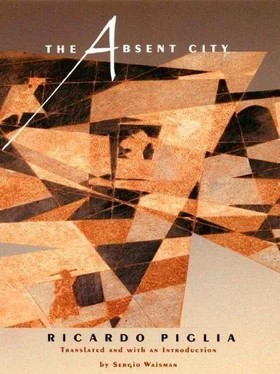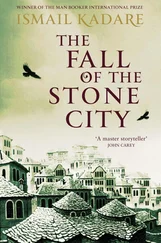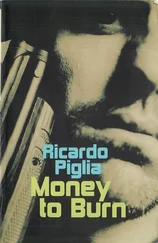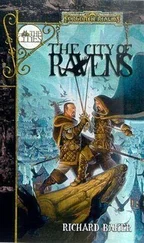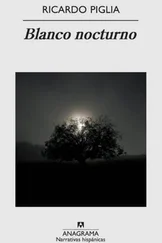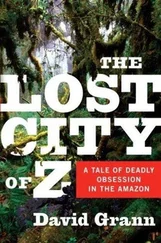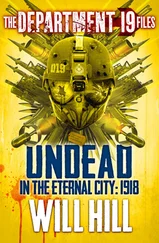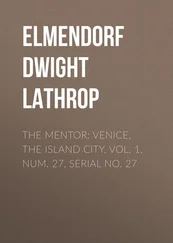The form of the novel also draws from both Macedonio and Joyce. From Macedonio we have the idea of the novel as a museum, of a textual place in which almost anything can be made to (co)exist. And from Joyce we have the novel as city, the city as novel, composed of journeys that draw a textual map that readers can follow as they read. The configuration of the novel does not come entirely from Joyce, of course, as there is a long tradition in Argentina of textually representing the city of Buenos Aires that extends back to the nineteenth century, with writers such as Sarmiento and Echeverría, and is explored again by Borges and Arlt, and then Marechal and Cortázar, among other twentieth-century writers.
Furthermore, these various points of contact between Piglia and Joyce should provide some clues to reading “The Island,” found in chapter 3 of The Absent City. As Piglia has explained in an interview, when writing this chapter, he asked himself: what would be the imaginary context for Finnegans Wake? In other words, not the context within which Joyce wrote the Wake, but rather the implicit reality of the text. The answer he provides is a society in which people take the Wake as the Book, in which language changes constantly. This invention becomes “The Island.”
Finally, there is an additional parallel between the two novels that is important to mention. In a sense, what Joyce does with language in Finnegans Wake —cross one tongue with another, blur and distort linguistic and grammatical distinctions, to end up with a language that seems to contain all languages — is similar to what Piglia does with narrative lines in The Absent City. For example, there is a point in The Absent City when several stories cross and overlap and we find a superimposition of female narrators and different repressions. These include José Mármol’s Amalia, James Joyce’s Molly, Roberto Arlt’s Hipólita, William Faulkner’s Temple Drake (from Sanctuary ), and Evita Perón:
I am Amalia, if you hurry me I will say that I am Molly, I am her, locked up in the big house, desperate, pursued by Rosas’s mazorca, I am Irish. ., I am her and I am also the others, I was the others, I am Hipólita, the gimp, the little cripple. ., I am Temple Drake and then, oh you despicable creatures, you made me live with a justice of the peace…. I remember. . Evita slapping the ministers around, yes, she would slap the Minister of the Interior on the face the moment he uttered even the slightest derogatory comment about the working classes. (135)
Here and throughout The Absent City , these unexpected combinations create startling effects, a rupture with form and reality. They are meant to suggest comparisons and contrasts — literary as well as political — unachievable through traditional techniques of narration. Piglia’s innovations raise questions about history and literature, and our relationship to them as readers and citizens. The Absent City forces us to look into the face of absence — the very real absence of our contemporary world — to see and hear what we find there.
Other Literary References in The Absent City
Other Argentine writers, in addition to Macedonio and Borges, who appear in The Absent City include:
José Hernández (1834-86), a poet and politician, is the author of Martín Fierro (1872, 1879), the most famous epic poem of the gauchesque tradition.
José Mármol (1818-71) was a writer and politician who opposed the dictator Juan Manuel de Rosas (who ruled 1829-52). Mármol’s novel Amalia (1852) describes the city of Buenos Aires during this period of dictatorship.
Eugenio Cambaceres (1843-88) was a writer and politician. His naturalist novels, such as Sin rumbo (1885) and En la sangre (1887), helped inaugurate the modern novel in Argentina.
Leopoldo Lugones (1874–1938) was a Modernismo writer, and the major literary figure in the country from the turn of the century until his death by suicide. Among others, he is the author of the novel La guerra gaucha (1905) and the book of poetry Odas seculares (1910). His political ideas evolved from socialism early in his life to an extreme nationalism with fascist undertones in his later years.
Roberto Arlt’s (1900-42) novels and stories are populated by marginalized characters in urban situations. Erdosain and Hipólita, characters from The Seven Madmen (1929) and The Flame-throwers (1931), appear in The Absent City.
Historical References
The setting of The Absent City is at times ambiguous, as we are never quite sure whether we are in the past, present, or future. This effect is created, in part, through references and allusions to events from Argentina’s history and geography. For example, there are some very specific references to the city and province of Buenos Aires, and to the Tigre Delta, where the Paraná and Uruguay Rivers flow into the Río de la Plata.
The most important historical allusions are to the military dictatorship that took power in March 1976 and ruled until 1983. During this period, known as the “dirty war,” the government “disappeared” some thirty thousand citizens, maintaining a tight reign on all facets of society. The regime was finally forced to step down shortly after its defeat in the conflict over the Islas Malvinas with Great Britain (i.e., the Falklands War, whose British residents refer to themselves as Kelpers).
The other important allusions are to various events associated with Perón. Colonel (later General) Juan Domingo Perón rose to power in the mid-1940s, first as secretary of labor under a military regime and later as the elected president in 1946 through 1955, when another military takeover, the so-called Liberating Revolution of 1955, forced him into exile. Perón’s politics are fairly difficult to describe; they can be generalized as a brand of extreme nationalistic populism, with the main support deriving from labor unions and, at times, the military. He was married to the famous Eva Duarte (Evita), who was very active in his government until her death from cancer in 1952. During Perón’s exile, which lasted until 1974, the Peronist Resistance maintained a certain level of organization, planning for his eventual return. Upon Perón’s return he was elected president once again and died in office in 1975. His wife of that time, Isabel, the vice-president, stepped into power until the coup of 1976.
For those interested in reading more about Argentine history, a good place to start is David Rock’s Argentina 1516–1987 : From Spanish Colonization to Alfonsín (1987).
Junior always said that he liked to live in hotels because his parents were English. When he said English, he meant the nineteenth-century English travelers, the merchants and smugglers who abandoned their families to explore lands that had not yet been reached by the industrial revolution. Solitary and nearly invisible, they invented modern journalism by leaving behind their personal lives and stories. They lived in hotels and wrote their chronicles; they maintained sarcastic relationships with the local governors. That is why when his wife left him and moved to Barcelona with his daughter, Junior sold everything that was left in the house and dedicated himself to traveling. His daughter was four years old, and Junior missed her so much that he dreamt of her every night. He loved her much more than he might have imagined, and thought that his daughter was a version of himself. She was what he had been, but living as a female. To escape this image he traveled twice throughout the entire country — by train, in rented cars, in provincial buses. He stayed in boarding-houses, in buildings owned by the Rotary Club, in the houses of English consuls, and tried to look at everything through the eyes of a nineteenth-century traveler. When the money from what he had sold began to run out, he returned to Buenos Aires and went to El Mundo to look for work. He got a position at the newspaper and showed up one afternoon with his normal expression of astonishment on his face. Emilio Renzi took him around the offices and introduced him to his new coworkers, stuck there like prisoners. Within two months he was the editor’s right-hand man, and was in charge of special investigations. By the time they realized it, he controlled all the news about the machine.
Читать дальше
